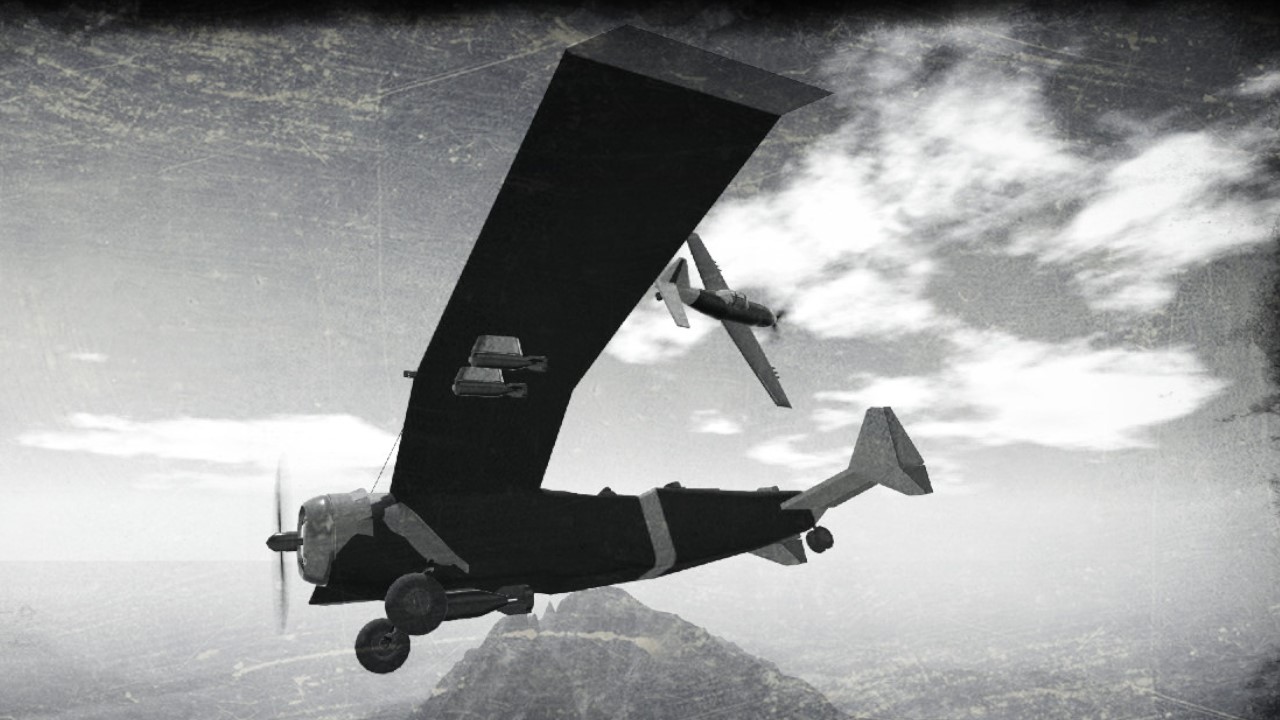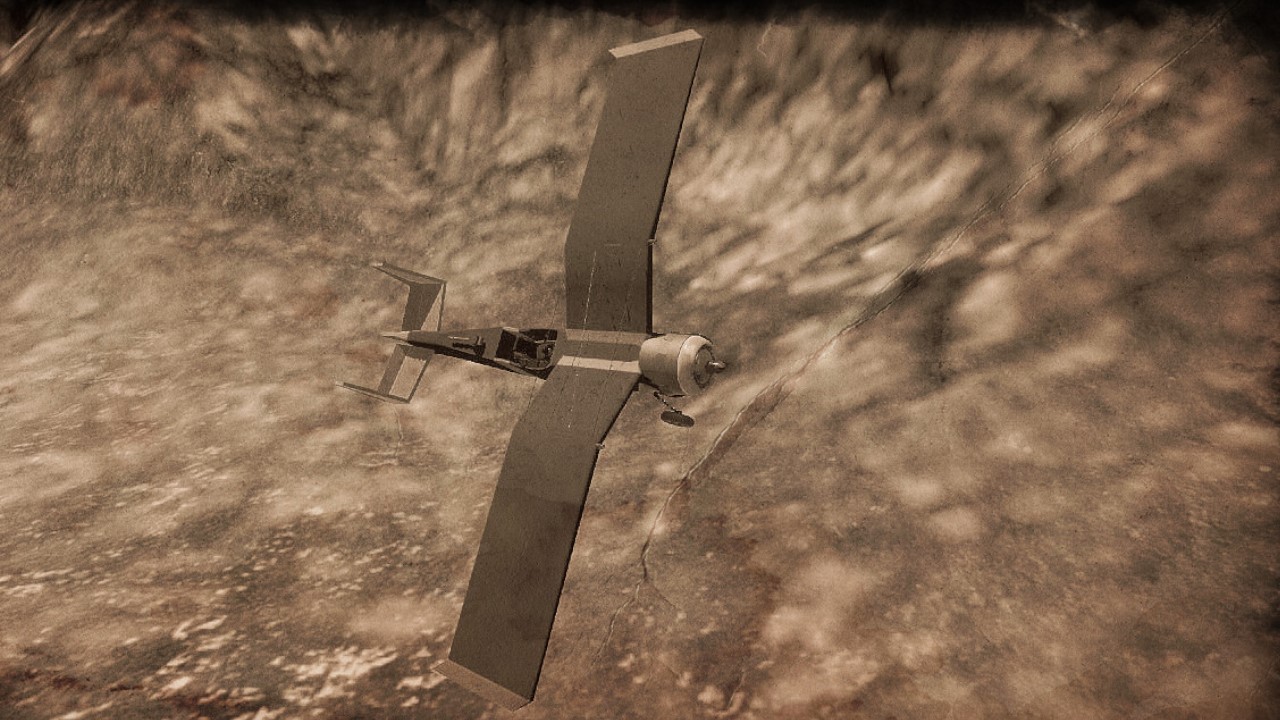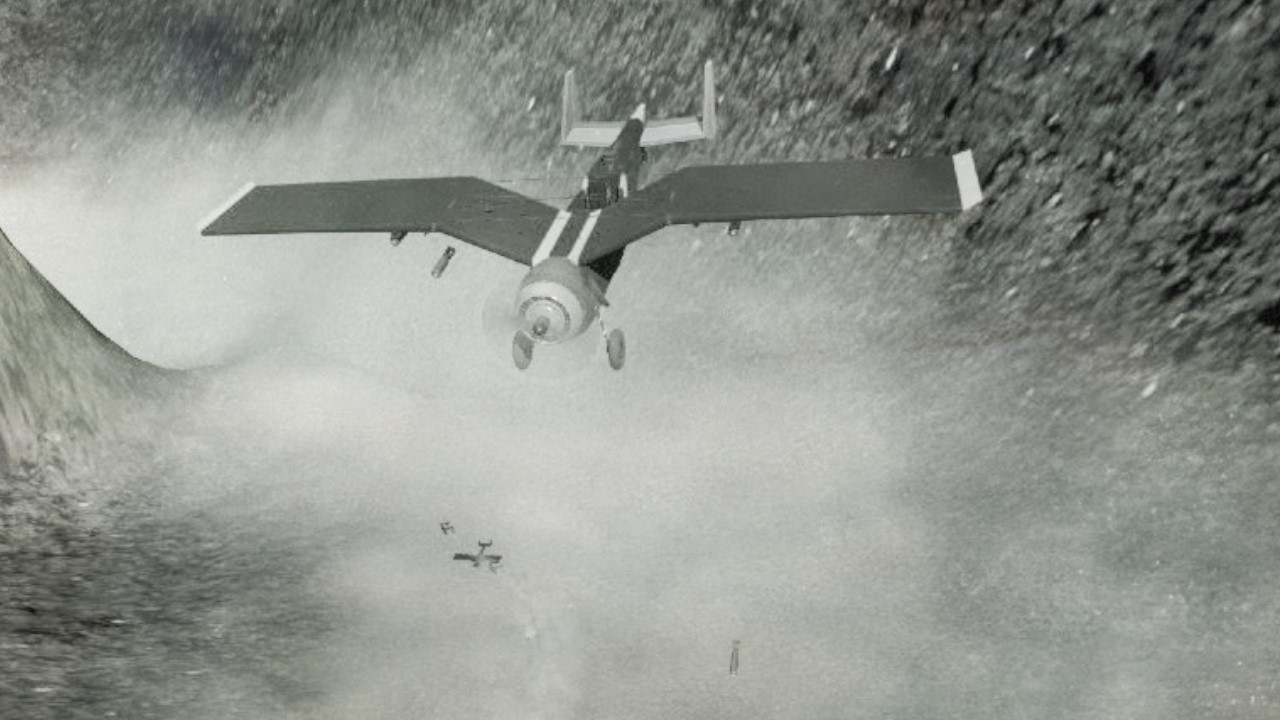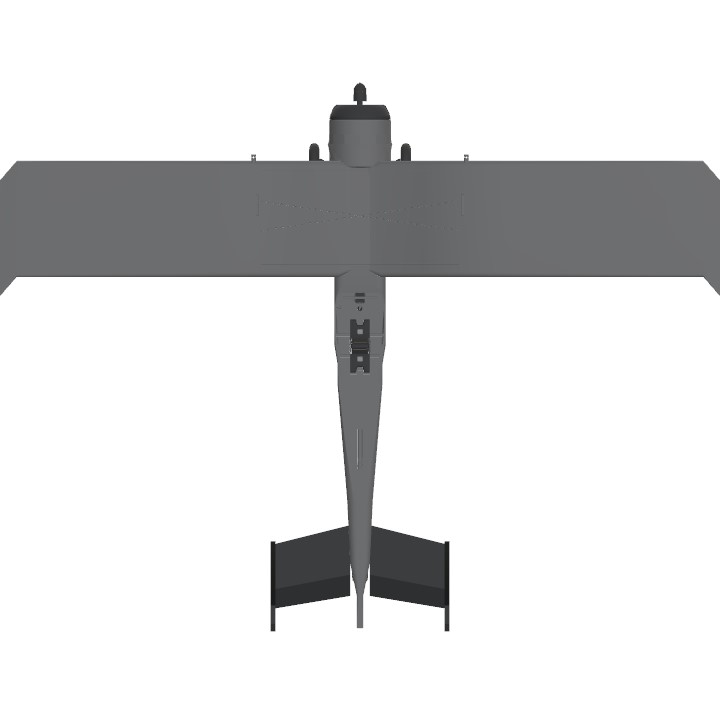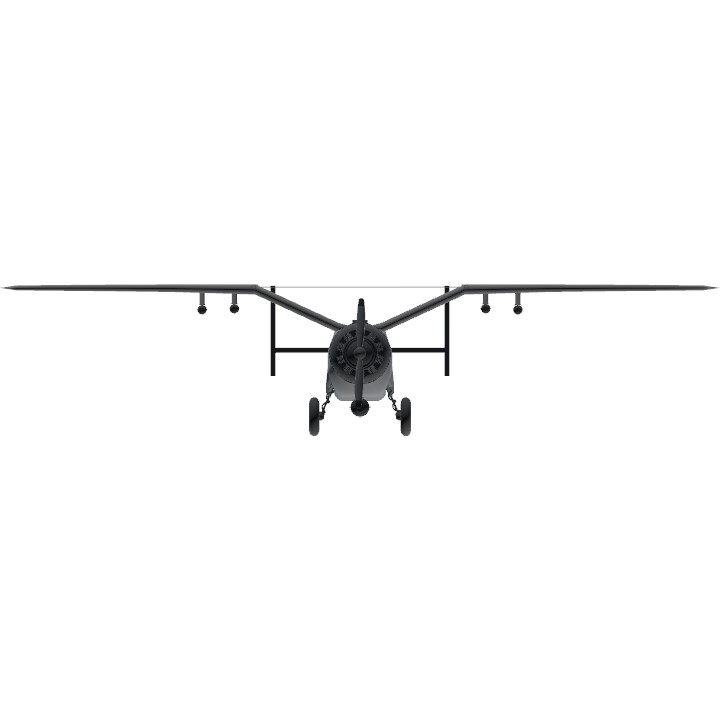While the Great War may have ended in Europe, the great ambitions of Epic Engineering did not diminish. Using the lessons learnt so far, Cuthbert and Albert Epic set their sights on becoming a staple of the upcoming golden age of aviation.
Origin
Despite overseeing production facilities in two completely different countries, Albert Epic still maintained frequent communication with his brother Cuthbert, picking up on the onset of his reclusiveness after the end of the Great War very quickly. It is said that the two already considered themselves friendly rivals at this point in time. Seeing no need to undertake any risky investments, he decided to rely on the sale of the Broadsword until he caught wind of the development of the Regent. Realising he had been essentially resting on his laurels for the last five years, Albert hastily drew up plans for a new, unique aeroplane, vowing to himself to make it stand out from its contemporaries.
Sadly, the rushed design led to certain aspects of this aircraft quickly becoming overshadowed shortly after its reveal in 1924, having been made available even before the Regent. While generating sales as trainers and liaison craft for a short time, by the time most operators of this craft had any need for it in combat duty, most of them had already been phased out or been vastly outmatched by more modern designs.
Notable Combat records
The most notable use of the Longsword occurred in 1936, at the onset of the Spanish Civil War, Republican Forces often found themselves at a disadvantage in terms of material when Soviet equipment was not readily available. Resorting to desperate measures, a flight of 5 of the obsolete aircraft was assembled to stall the advance of Nationalist troops towards the town of Iznajar, where a vital strategy meeting was being held. Flying low and avoiding enemy contact, the flight-calling themselves "Los desafortunados bardos"-were able to harass the advancing troops long enough to allow the staff officers to evacuate the local castillo and flee into the caverns. Unfortunately, while the design of the Longbow was forward thinking, it was not cut out to hold itself against the cutting edge Bf 109 or even one of Cuthbert Epic's own planes, the Warlord. Suffering 3 downed planes and only scoring a single downed enemy due to combined defensive fire, the remaining aircraft limped back to the airfield, not to see combat use again.
Design
The Longbow was very heavily based on the earlier Broadsword design, inheriting the basic engine layout and a twin rudder design, however the fuselage was lengthened considerably and it was decided to try out a very forward thinking gull-wing monoplane design. While that enabled good visibility to the front, concerns about structural integrity were brought up. To improve the integrity of the wings, multiple chords ran between the wings above the fuselage, leading to the name of this aircraft. Equipped with two wing mounted offensive MGs, a defensive turret with a single Vickers Gun (AG2). The main armament however was the impressive payload of up to 450kg of bombs (AG3 to jettison)
Handling
The main drawback of the design is the relative lack of speed. While it has decent manoeuvrability even for a monoplane of its time, due to the weight and the payload, the main benefits of it being a monoplane in the first plane could not be fully utilised. However, the low speed handling is satisfactory enough that, especially with the use of the flaps (VTOL), this plane could even take off and land on small escort carriers in an emergency.
As always, thank you so much for your interest in our products. While this is a legacy product, aftermarket upgrades and modifications are still highly encouraged. If you still have any questions, feel free to ask.
Specifications
General Characteristics
- Created On Windows
- Wingspan 45.8ft (14.0m)
- Length 34.3ft (10.4m)
- Height 9.6ft (2.9m)
- Empty Weight 3,853lbs (1,747kg)
- Loaded Weight 4,310lbs (1,955kg)
Performance
- Horse Power/Weight Ratio 0.104
- Wing Loading 7.9lbs/ft2 (38.6kg/m2)
- Wing Area 545.1ft2 (50.6m2)
- Drag Points 5027
Parts
- Number of Parts 94
- Control Surfaces 12
- Performance Cost 615

